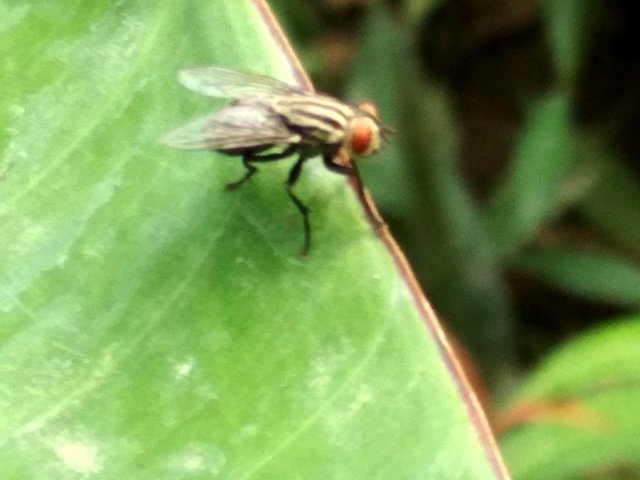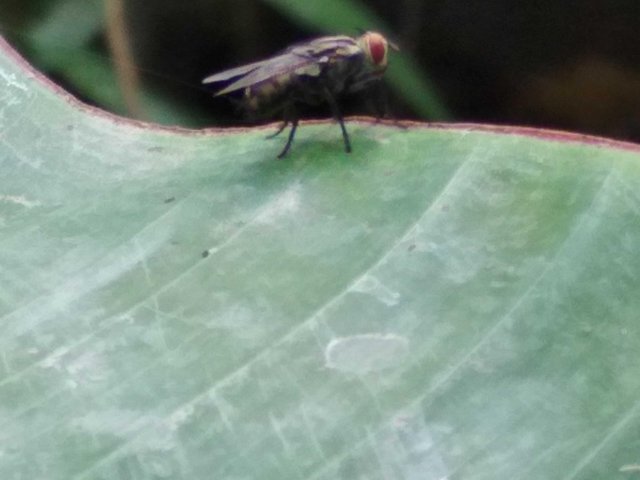flies are harmful to human disease.
insect flies
Flies are a type of insect from the Diptera order (derived from the Greek word means two and ptera means wings). The most obvious difference between flies and other insect orders is that the fly has a pair of flying wings and a pair of halter, coming from the rear wing, on the metatorax (except for some fly species that can not fly). The only other insect order that has two wings that actually function and has a dumbbell is Strepsiptera. However, unlike flies, the Strepsitera dumbbell is in mesotoraks and wings in the metastax.
Ordo Diptera
The Diptera Order is a large order, estimated to include 240,000 species of moth, moth, gnats, and so on, although only less than half (about 120,000 species) have been described. [1] Diptera is one of the order insects that have a very important role, both in terms of ecological and human interest (medical and economic). Diptera, especially mosquitoes (Culicidae), are the spreaders of several diseases, they act as vectors of malaria, dengue hemorrhagic fever, West Nile virus, yellow fever, brain inflammation, and other infectious diseases.


The body of flies is usually short and slender, has adapted to air movement. The first tagma of flies, head, consists of ocelli, antennae, compound eyes, and parts of the mouth (labrum, labium, mandible, and maxilla). The second tagma, the thorax, holds the wings and has the muscles flying on the second segment, which is enlarged. The first and third segments are smaller in shape. On the third segment of the thorax there is a dumbbell, which helps balance the flies during flight. Further adaptations for flight are the reduction of the number of neurological ganglion and the concentration of neural tissue in the thorax, a most distinctive feature of the infraordo Muscomorpha. [2]
Flies have heads that can move with eyes and most have large compound eyes on the left and right sides of their heads, with three small ocelli on top. For control of the direction of sight, the area of optical range is analyzed by a set of motion-sensitive neurons. [3] one part of these neurons is thought to be used to estimate the parameters of the movement itself, such as muffling, rolling, and turning. [4] Other neurons are thought to be used to analyze the matter of vision itself, such as identifying the shape of a figure on the ground by using parallax of motion. [5] [6] The antenna shape is diverse, but often short to reduce the load while flying.
No fly species have teeth or other organs that allow them to eat solid foods. Flies consume only liquid foods or small granules, such as pollen, and parts of the mouth and their digestion show varying modifications according to the type of food. Tabanidaebetine uses a mandible and a maxilla like a knife use to make the incision cross in the host's skin and suck the blood. Tabanidal stomach includes a large diverticula, enabling the insect to store a small amount of fluid after meals. [2]
https://googleweblight.com/i?u=https://id.m.wikipedia.org/wiki/Lalat&hl=id-ID
Thank you
Ah i did not know flies dont have teeth.